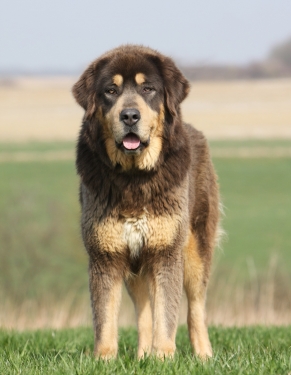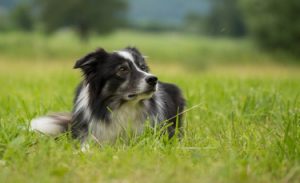
In Mongolia, the desert is gaining ground on the steppes against a background of permanent conflict between shepherds and wolves. The Mongolian Bankkhar Dog Project aims to alleviate these tensions and, in turn, rampant desertification by promoting the breeding of a local dog breed.
When you are faced with a Tibetan Mastiff , you immediately understand that you are dealing with a dog raised for guarding . Imposing , endowed with a strong character , he effectively protected the Tibetan monasteries. It was also traditionally used by nomadic shepherds in Mongolia, where it is called Bankhar . A tradition that has, however, withered away, especially in the Soviet era during which displacement of populations and sedentarization in cities left little room for a dog of such stature.

Gradually, the Bankhar was abandoned by the shepherds in favor of firearms . By using the latter, herders have waged a merciless war against wolves and snow leopards , the main predators , slaughtering them massively while increasing their herds in order to compensate for the losses due to the attacks. And obviously, the more animals there are, the more they graze , which accelerates the desertification of the Mongolian steppes. A phenomenon which has taken on a very large scale today and is causing great concern , especially among biologists .
Among them is Bruce Elfström , founder of the Mongolian Bankkhar Dog Project . This project consists of giving back its place to the local Tibetan Mastiff, the Bankhar dog, among the shepherds. The goal is that they prefer the deterrent quadruped to guns to keep predators at bay and that they reduce the size of their herds , reports Le Devoir .
Also read: A dog found frightened in the street only feels safe sleeping in a cardboard box
Bruce Elfström had a Bankhar kennel built in 2013. Dogs that came from it have already been delivered to Mongolian families, who “ have seen an 85 to 100% reduction in animal losses at the hands of large predators of Mongolia, ”he says. Encouraging results for the initiator of the project, who hopes to leave it one day in the hands of the locals. The goal: to ensure that the shepherds themselves raise their dogs and actively contribute to the preservation of the fragile ecosystem in which they evolve.










